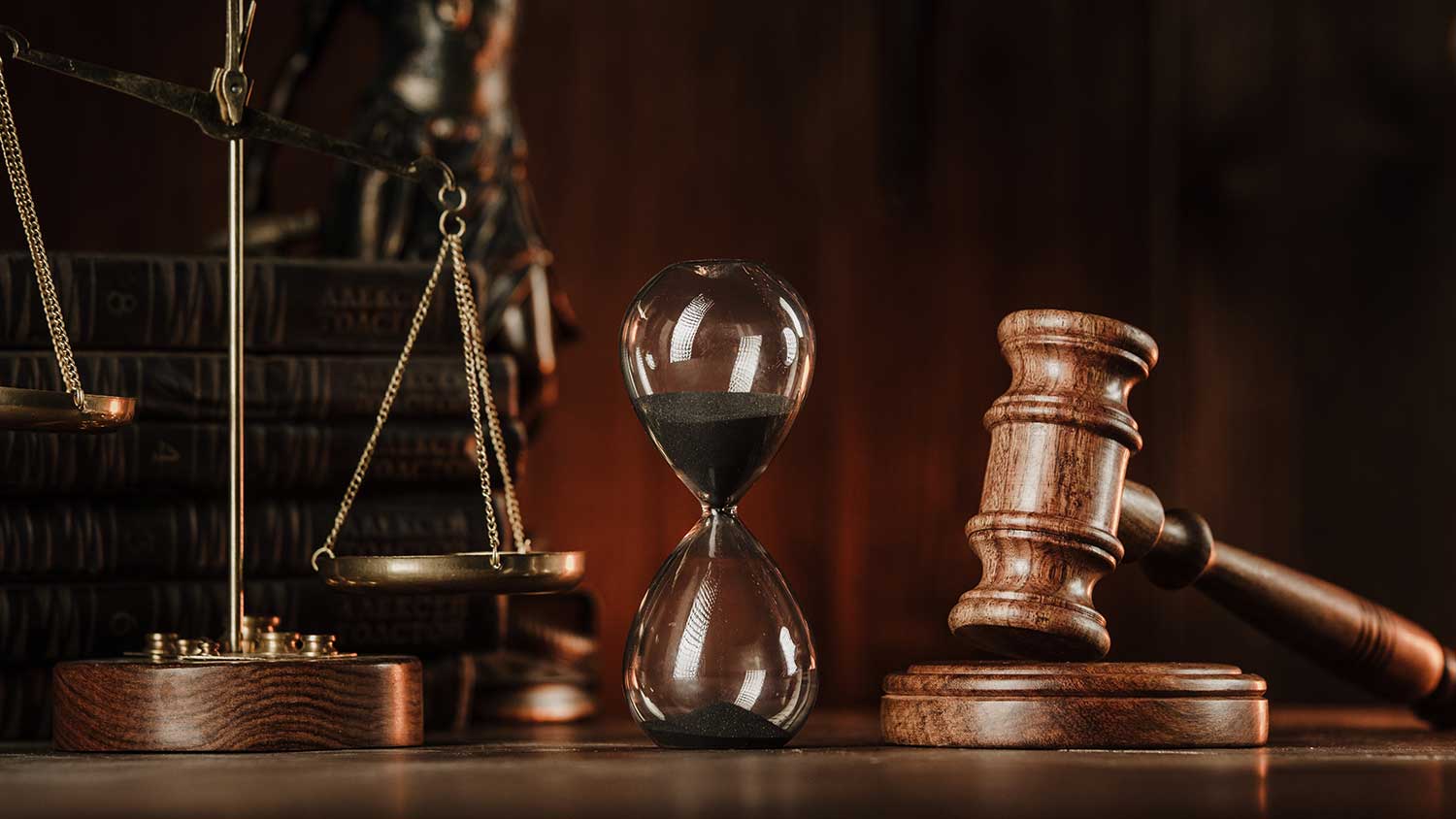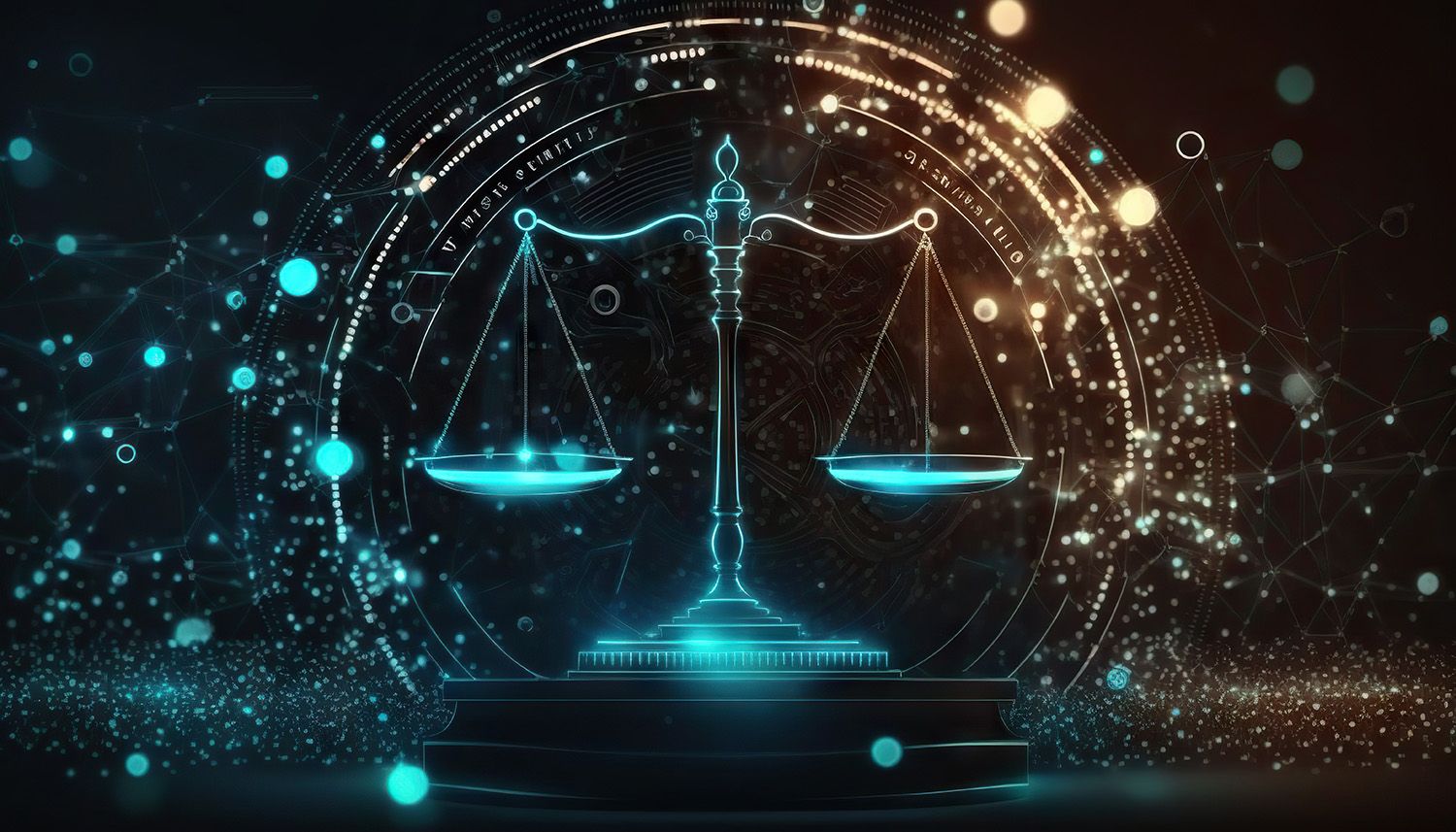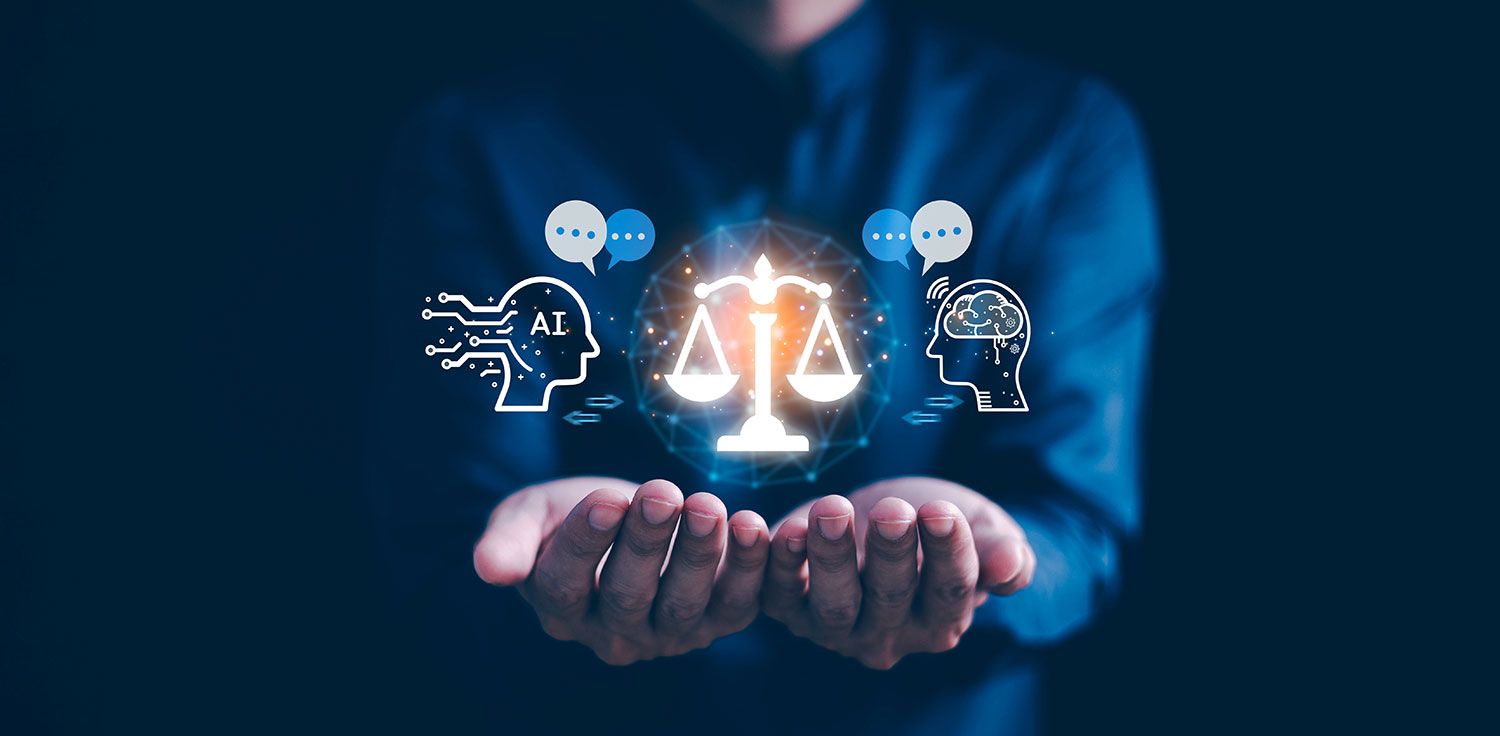FEATURE ARTICLE: Thoroughness & Completeness in Legal Research in the Twenty-First Century
Author: Professor Michael H. Hoeflich, PhD, Editor-in-Chief
Legal Editor: Carrie E. Parker
This article is featured in Volume 6, Number 8 of the Legal Ethics and Malpractice Reporter, published August 29, 2025.
Lawyers tend to take the process of legal research for granted—as though it is something built into their in-born knowledge. Law students begin law school with courses in legal writing and research, and they engage in research activities almost from the day they start law school. But research is not a static thing. The sources and methods of research change as new technologies, new sources, and new requirements arise. Many senior lawyers who attended law school in the 1960s and 1970s have witnessed several waves of transformation in legal research.
The nature and methods of legal research play a key role in legal ethics. Rule 1.1 requires that all lawyers be competent, and competence is closely tied to thoroughness, including in legal research. KRPC Rule 1.1 reads:
A lawyer shall provide competent representation to a client. Competent representation requires the legal knowledge, skill, thoroughness and preparation reasonably necessary for the representation.
Comment 5 to KRPC 1.1 explains:
Competent handling of a particular matter includes inquiry into and analysis of the factual and legal elements of the problem, and use of methods and procedures meeting the standards of competent practitioners. It also includes adequate preparation. The required attention and preparation are determined in part by what is at stake; major litigation and complex transactions ordinarily require more elaborate treatment than matters of lesser consequence.
The Comment makes it clear that the methods and procedures must be those of “competent practitioners.” But what does this mean in the context of research in the twenty-first century?
In the 1960s and 1970s, legal research was library based. Law schools and larger law firms had extensive in-house libraries. Lawyers at smaller firms depended upon bar association and court libraries. Typically, when a lawyer or law student had a research problem, they would consult several different sources including legal encyclopedias, digests, treatises, law reviews, and, of course, reporters. In dealing with reporters, case notes and head notes were particularly useful since they provided pre-digested summaries of cases. The point of this research process was to find relevant cases and other sources that could provide arguments to be used to successfully represent clients.
Traditional library-based research was often tedious and could easily require many hours of research. There is a German term to describe this: sitzfleisch. It means having the padding on one’s rear sufficient to permit sitting for long periods of time. In theory, given enough time, a good legal researcher could uncover every relevant case. But such a level of thoroughness was hypothetical. In reality, no lawyer or researcher achieved perfect completeness finding every relevant source. It would require far too much time and, therefore, make the cost of such complete research prohibitive in almost all cases. Few clients would pay for this level of completeness.
The reality of library-based research was, therefore, reflected in the standard suggested in Comment 5, that the “methods and procedures” of research meet the “standards of competent practitioners.” In practice, this meant that research, even good research, would not always uncover all relevant cases.
The nature of legal research changed radically in 1973 when Mead Data Corporation introduced LEXIS to the legal profession. Two years later, West Publishing introduced WALT, the first version of what is now Westlaw. These computerized search engines, combined with specialized legal datasets meant that lawyers and legal researchers could now search for sources, such as cases and articles, by using computers. These search engines could find sources far more rapidly and, in theory, would discover all relevant cases (i.e. would produce search results with a higher degree of completeness than human, book-based research was capable of achieving).
When legal search engines were first introduced, research had to be conducted by using Boolean search inputs to maximize completeness of the search results. Lawyers quickly learned that Boolean searching was not an easy task and that a successful search depended upon the searcher’s expertise in formulating Boolean queries as inputs. The learning curve for lawyers was steep, and many lawyers and law firms preferred to turn over legal searches to experts (often law library personnel) rather than lawyers. This saved the firm the expense of spending expensive lawyer time on doing Boolean searches, and it also meant the specialized expert researchers gained more experience at searching numerous cases than a lawyer whose search needs would be limited only to the cases he was assigned. However, with the introduction of natural language searching, experts in Boolean searches declined enormously, and database searches became a standard part of every lawyer’s research method.
Once legal search engines became an ordinary part of law practice, law schools began to offer courses in electronic legal research to students, just as they did with library-based research. The speed of computer based legal research meant that lawyers could, in theory, aspire to find every relevant case and article in their search. The time and cost restraints of attempting full completeness in library-based research was vastly reduced.
However, there are problems with too much completeness. Every lawyer who has ever done database searches has encountered the dreaded warning produced by the search engine that the search, as formulated, has discovered too many cases to display. The better a lawyer’s ability to choose search terms, the more targeted and complete will be the search results. Even without this dreaded computer message, searches will often turn up hundreds or even thousands of cases in response to a search. How many lawyers actually read all of the cases that appear on the screen? Human nature and billing methods make such search completeness impractical. A lawyer may find all relevant cases in a digital search but won’t read and analyze them all. Rather, a lawyer will pick the most relevant cases by establishing criteria such as date, jurisdiction, name of the judge, etc. with which to sort them. In so doing, a lawyer can mitigate too broad search terms.
The key concept here is that, with digital research, as with book-based research, the ability of the lawyer to set criteria by which to further examine cases uncovered by the initial search is unchanged. Lawyers must possess skills not only in actual searching but also in using search results. The better the lawyer’s skills, the better the eventual product of the research—be it a memorandum, a brief, or a contract. It is not only the quantity of the search results, but the quality search results but the quality of the search product that is most important.
Within the past several years, many legal tech companies have begun to offer some form of generative AI to law firms for multiple uses, including legal research. Even the major data search companies have been integrating AI into their offerings. Will the nature of research thoroughness and completeness change with the introduction of AI into legal research? The answer is undoubtedly “yes.” The important question is what these changes in the meaning of thoroughness and completeness will be in the era of AI and what this will mean for Rule 1.1.
Generative AI, as it is now offered to law firms and other legal professionals combines both the search process possible with library-based and online digital search engines combined with the human synthesis normally done by human lawyers. This means that a crucial step in producing a final legal document may now turned over to an AI. This will require that the AI make judgements as to which search results are more important than others, which of these to include in the final document, which of these to emphasize in the final document, and which sources will be most difficult to rebut by opponents in the adversarial process. These are decisions that require intuition, nuance, and, at times, inspiration. At the present time, AI platforms cannot use such human characteristics effectively, if at all.
Further, although AI platforms also have the possibility of achieving completeness in searches as may be possible with digital search engines, there are factors that limit this. First, most Large Language Models (AI systems designed to understand, process, and generate human-like text) currently on the market have more limited data sets to search than do Lexis or Westlaw. This, obviously, limits their attempts at completeness of their searches. Second, AI platforms have a lamentable tendency to strive for completeness and will often fabricate sources that they cannot find, so-called “hallucinations.” Thus, although generative legal AI offers what appears to be an easier, more sophisticated search and synthesis product than more traditional methods using a digital-human partnership, it neither solves the completeness problem nor the time and effort problem. It simply shifts this to the time and effort to have human supervision of the AI product. There is real danger here for lawyers who may use AI without or with minimal human involvement. In very real terms, the completeness problem continues to be as serious with generative AI search and document synthesis as it is with traditional library-based research or online search engine use.
If one accepts this analysis, how does this interact with Rule 1.1 and, especially Comment 5? Again, the key to the ethics of using generative AI is the requirement that the lawyer using the AI meet the standard of competence of a “competent practitioner.” At the moment, competent practitioners utilize AI knowing that its searches and synthesis will neither be perfect nor complete; therefore, competent practitioners understand that active human interaction and supervision with AI results is imperative (i.e., they use AI as a starting point, but check its citations and read the cases and look for more). Once it can be demonstrated that there are ways to reduce the risk and frequency of errors in AI use, competent practitioners using AI will need to adopt those mitigation techniques as well.
A defense of “everyone does it” in regard to AI hallucinations that are found in documents submitted to courts or tribunals will likely not work to avoid disciplinary liability. Traditional library-based and digital search research methods do not produce hallucinations. These are very much a new problem introduced by current generative AI platforms. Rule 1.1 is not the only rule violated in such incidents, and it seems likely that several provisions contained in chapters 3, 5, and 8 in the Rules could and would be used to punish lawyers who submit documents flawed by hallucinations in a way that missed citations caused by AI would not.
Is there a way to mitigate the dangers of incompleteness in generative AI? This is clearly a critical question that every AI company and every AI user must ask. And the answer, at least currently, would seem to be increasing the amount of time devoted to formulating initial prompts to guide AI and checking the documents produced by AI. Will this happen? Will lawyers expend the time and money to do this properly, especially if incomplete research will not bring on the disciplinary problems hallucinations do? That remains to be seen. What is absolutely clear is that the use of generative AI is not a panacea, nor does it in itself necessarily improve research.
READ THE FULL ISSUE OF LEMR, Vol. 6, No. 8
About Joseph, Hollander & Craft LLC
Joseph, Hollander & Craft is a mid-size law firm representing criminal defense, civil defense, personal injury, and family law clients throughout Kansas and Missouri. From our offices in Kansas City, Lawrence, Overland Park, Topeka and Wichita, our team of 25 attorneys covers a lot of ground, both geographically and professionally.
We defend against life-changing criminal prosecutions. We protect children and property in divorce cases. We pursue relief for clients who have suffered catastrophic injuries or the death of a loved one due to the negligence of others. We fight allegations of professional misconduct against medical and legal practitioners, accountants, real estate agents, and others.
When your business, freedom, property, or career is at stake, you want the attorney standing beside you to be skilled, prepared, and relentless — Ready for Anything, come what may. At JHC, we pride ourselves on offering outstanding legal counsel and representation with the personal attention and professionalism our clients deserve. Learn more about our attorneys and their areas of practice, and locate a JHC office near you.











